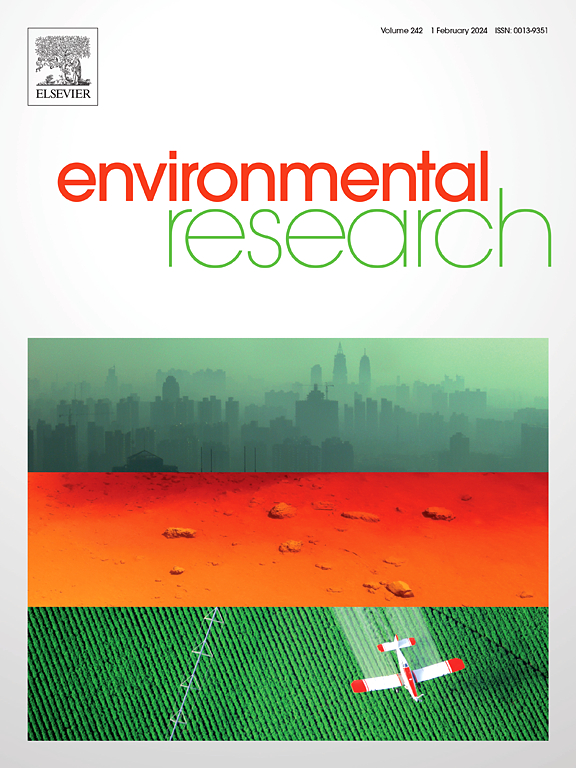Construction of inhomogeneous bismuth-based heterojunctions with efficient interfacial charge transport: Bridging of BiOX
IF 7.7
2区 环境科学与生态学
Q1 ENVIRONMENTAL SCIENCES
引用次数: 0
Abstract
The inefficiency of photogenerated charge transfer between heterojunction interfaces imposes significant limitations on the activity of photocatalytic materials. In this paper, Bi2WO6-Bi2O2SiO3-Bi12SiO20-BiOXY (X = Cl, Br, Y=I) (BSBI and BSCI) heterojunctions were successfully constructed by utilizing the structural similarity of Bi-based materials. The effects of different halide species, concentrations and volume ratios on their photocatalytic performance were investigated. The results showed that the optimized BSBI heterojunction obtained by multilayer substitution exhibited excellent photocatalytic activity, which achieved up to 99.3 % degradation of rhodamine B (Rh B, 10 mg/L) under 60 min of simulated sunlight, 85.4 % degradation of norfloxacin (NFX, 10 mg/L) within 120 min and 85.3 % degradation of tetracycline hydrochloride (TCH, 10 mg/L) within 120 min. The enhanced photocatalytic performance was attributed to the ion-exchange-induced multilayer replacement. The generated BiOX effectively solved the problem of insufficient charge transfer driving force caused by the minor potential difference and the large interfacial resistance at the heterogeneous interfaces of Bi2O2SiO3-Bi12SiO20 and Bi2WO6 through the “bridging” effect, which significantly improved the carrier transport efficiency between the heterojunctions. This work provides a valuable methodology and basis for constructing bismuth-based multi-heterojunction interfaces with efficient charge transfer.
具有高效界面电荷传输的非均匀铋基异质结的构建:BiOX的桥接
在异质结界面之间光生电荷转移的低效率对光催化材料的活性施加了显著的限制。本文利用铋基材料的结构相似性,成功构建了Bi2WO6-Bi2O2SiO3-Bi12SiO20-BiOXY (X = Cl, Br, Y=I) (BSBI和BSCI)异质结。研究了不同卤化物种类、浓度和体积比对其光催化性能的影响。结果表明,优化后的BSBI异质结具有良好的光催化活性,在模拟光照60 min下,对罗丹明B (Rh B, 10 mg/L)的降解率高达99.3%,对诺氟沙星(NFX, 10 mg/L)的降解率在120 min内达到85.4%,对盐酸四环素(TCH, 10 mg/L)的降解率达到85.3%。10mg /L),反应时间为120min。离子交换诱导的多层膜置换提高了光催化性能。生成的BiOX通过“桥接”效应,有效解决了Bi2O2SiO3-Bi12SiO20和Bi2WO6异质界面处电位差小、界面电阻大导致的电荷转移驱动力不足的问题,显著提高了异质结间载流子传输效率。本研究为构建具有高效电荷转移的铋基多异质结界面提供了有价值的方法和基础。
本文章由计算机程序翻译,如有差异,请以英文原文为准。
求助全文
约1分钟内获得全文
求助全文
来源期刊

Environmental Research
环境科学-公共卫生、环境卫生与职业卫生
CiteScore
12.60
自引率
8.40%
发文量
2480
审稿时长
4.7 months
期刊介绍:
The Environmental Research journal presents a broad range of interdisciplinary research, focused on addressing worldwide environmental concerns and featuring innovative findings. Our publication strives to explore relevant anthropogenic issues across various environmental sectors, showcasing practical applications in real-life settings.
 求助内容:
求助内容: 应助结果提醒方式:
应助结果提醒方式:


